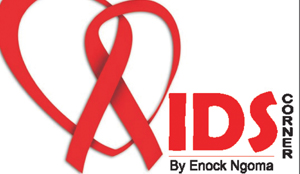 Sperm-washing is a technique that concentrates and separates the seminal fluid from the sperm in HIV‐positive males.
Sperm-washing is a technique that concentrates and separates the seminal fluid from the sperm in HIV‐positive males.
HIV is known to reside in the semen of HIV‐positive men. When a woman wants to get pregnant, she is artificially inseminated with the sperm after it is washed and becomes virus‐free.
Sperm-washing is done with the help of a centrifuge. The centrifuge is a device that spins at a high speed to separate the sperm from the seminal fluid in a given sample of semen.
The sperm is then purified in a solution twice, in order to clean other unwanted substances in it, including the HIV.
This technique was first introduced in 1992 in Milan, Italy by Augusto Enrico Semprini and colleagues, with the aim of helping HIV positive couples to conceive a healthy baby and to ensure that females do not acquire the disease from an HIV‐positive male.
Nowadays, many couples opt for sperm washing because it prevents the female partner from getting infected with HIV and enables the HIV positive male to propagate a healthy family.
However, this process can be very lengthy and expensive. It is very helpful if both partners understand sperm washing to be a risk‐reduction method and not a risk‐free method as, technically, the virus could still be present in the washed sample at a titer below the detection limit of the HIV assay.
There have been no reports of seroconversion in the female partner when semen has been correctly processed.
Hence, the risks of not performing sperm washing need to be strongly discussed with sero‐discordant couples.
Reports on the use of sperm-washing to prevent HIV transmission, from HIV‐infected men but allowing conception in sero‐discordant couples, are currently limited to observational studies.
No randomised controlled trial has assessed the benefit or risk of sperm-washing to prevent HIV transmission from HIV‐infected men but allow conception in sero‐discordant couples.
Thus, this systematic review identifies the need for a multicentre randomised controlled trial assessing the benefits and possible risks of sperm-washing in preventing HIV transmission from HIV‐infected men but allow conception in sero‐discordant couples.






